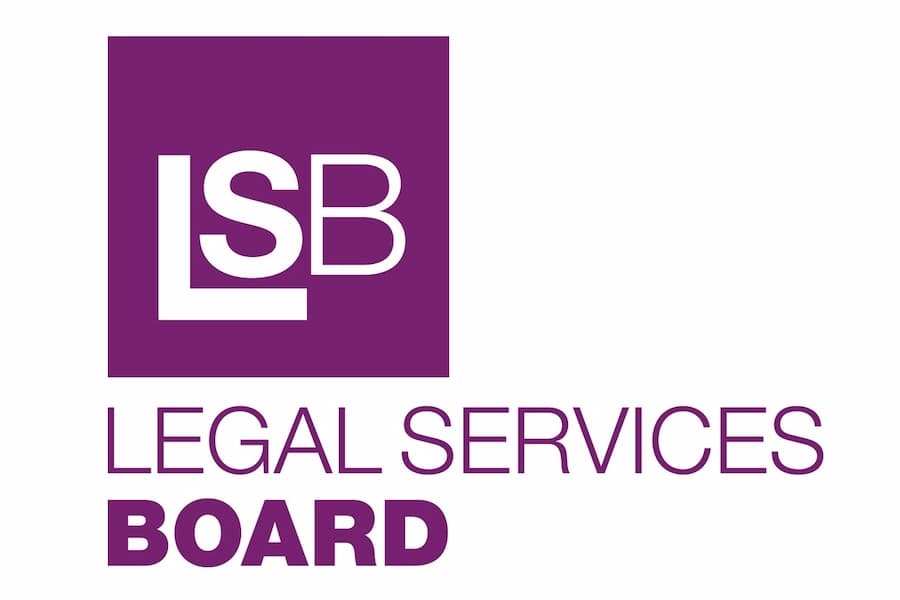The previously serene waters of the conveyancing world have been experiencing a little turbulence over the last few months.
There are concerns that Material Information ( MI ) is the thin end of a particularly fat wedge that undermines the lawyer, resulting in the end of proper conveyancing as we know it.
Then there are understandable worries about how low fees are dumbing down the activity, by forcing firms to employ less experienced staff, resulting in the end of proper conveyancing as we know it.
Finally, there are valid fears that insufficient steps are being taking to protect those working in the sector from burnout, also resulting in the end of proper conveyancing as we know it.
Technology is our only saviour
Addressing these challenges makes climbing the north face of the Eiger look like a jaunt up Highgate Hill, so it’s no wonder everyone’s in a spin. However, although they appear unconnected, they are like one of those Venn diagrams we were forced to learn about in our youth. As ever with these diagrams, it’s always the interesting bit in the middle, much like a Jaffa Cake, but not quite so smashingly orangey , and it’s where we need to look at. Collecting information in advance, improving the skills of those doing the work and protecting participants against overwork, all intersect at one point.
Yes – you guessed it, technology.
We need to face up to the reality that in the last ten years, accelerated by the Lockdown Years, there has been a significant change in conveyancing. Unfortunately, for lawyers, that change is in consumer behaviour, rather than enlightenment or development of technology that actually helps the lawyer.
Which is a problem we must face up to.
Supporting information sharing
Putting aside the view of whether Material Information qualifies as Upfront Information, or for that matter, whether the current, and indeed, the new versions of the protocol forms cover that, the challenge is not collecting the data, but doing something with it. If we are going to collect this data upfront, the question should be, how can lawyers turn it into useful information.
Which is the first and easiest aspect of what technology can solve. By deploying smart data collecting and analysis technologies, and presenting it in a useful way, collecting of this information will actually be beneficial to the lawyer. But, it needs to be underpinned by technology that the lawyer can actually use for decision making.
The dumbing down of conveyancing
It pains me to say it, but like policemen and politicians, society gets the conveyancing that it deserves. If people only want to pay a few quid for someone to tick a few boxes, this means there’s not enough money to pay for experienced people to do the work with the volume of cases that enables them to provide the service level they want.
We all know that most people will select lawyers based on price, despite what they say in post-selection surveys – who wants to look cheap, after all – and they expect the world for it. This drives down the price per case which forces business owners to reduce costs, either by offshoring, hiring inexperienced staff or increasing caseloads. However, once all these levers have been pulled, they will then be forced to deploy technology that will analyse and check the work and also use it to train people quicker and more effectively.
Employee wellbeing
The issues of stress and burnout is a real challenge for law firms. We know helping people with their work-life balance helps, but giving people time off is not solving the problem. If the calls and emails keep flooding in, then for lawyers returning to their desk from a few days away is never a particularly enjoyable experience.
Businesses, faced with the threat of losing work have to be much smarter about the technology they use to support their staff. By providing more information to the desktop, there is less reliance on an individual lawyer to know everything, as others have that information to hand as well. Deploying self-service technology that can automatically update the client when something that they need to know about has happened, means less reliance on the ever stretched memory of the lawyer.
So why can’t this be done now?
The really good news is that there is technology available to meet all these requirements in the wider software market – just look at the financial sector. The problem is that it hasn’t made it’s way into the world of conveyancing. Yet.
If we can use such technology that ensures clients are informed, reduce the costs involved so more experienced lawyers can work on cases, and reduce the noise generated by those that need to know what’s going on, then we’ve got ourselves a solution.
Who knew we could learn so much from Jaffa Cakes; technology really is that smashing orangey bit in the middle.
Peter Ambrose is the CEO of The Partnership and Legalito – specialists in the delivery of transparent and ultra-efficient conveyancing software and services.
Peter Ambrose: pambrose@thepartnershiplimited.com, 01483 579978
Press enquiries: Tracy Holland, tholland@thepartnershiplimited.com 01483 579978




















One Response
Technology is not your saviour. Having better trained/qualified conveyancers that know how to handle people is. Stop pandering to the factory outfits who rely on “pile ’em high, do it cheap” mentality – this is not in the best interests of clients.
Technology is not going to solve the problems with the legal system and chains – I can be exchange ready in 3 weeks but sitting and waiting on the rest of the chain to be formed.
What are you doing to stop the criminals getting to your data?